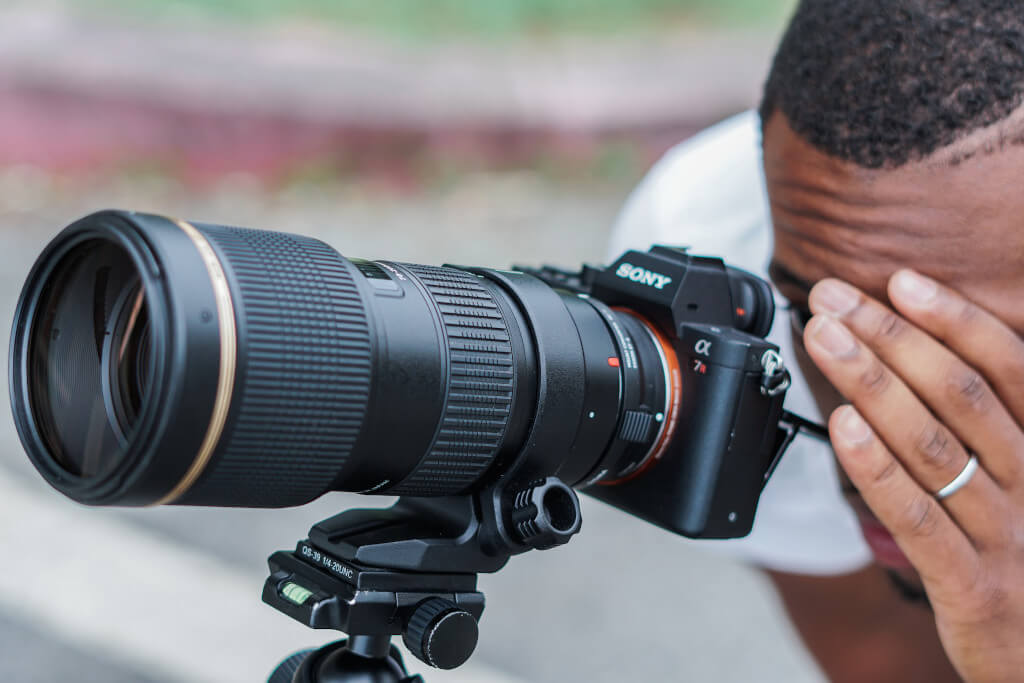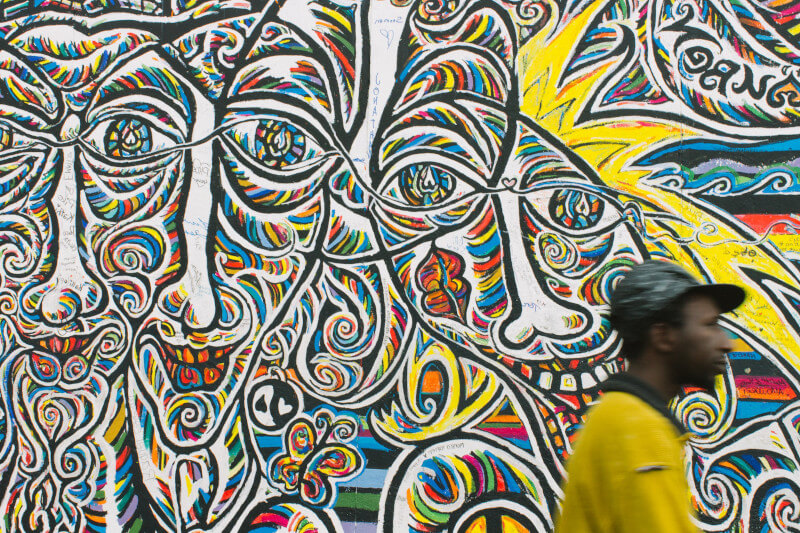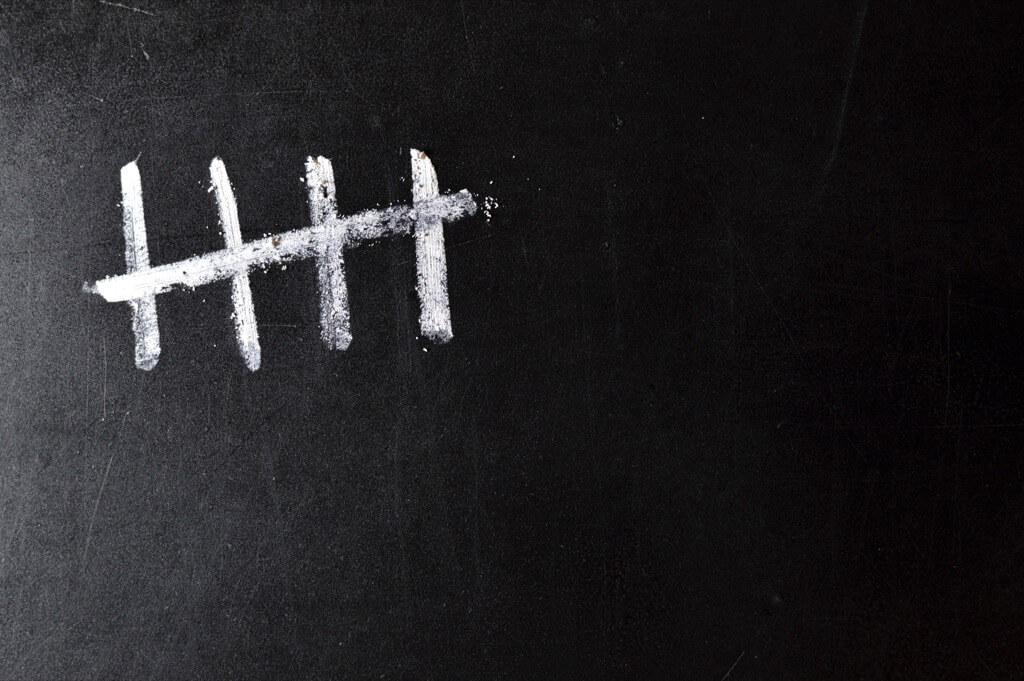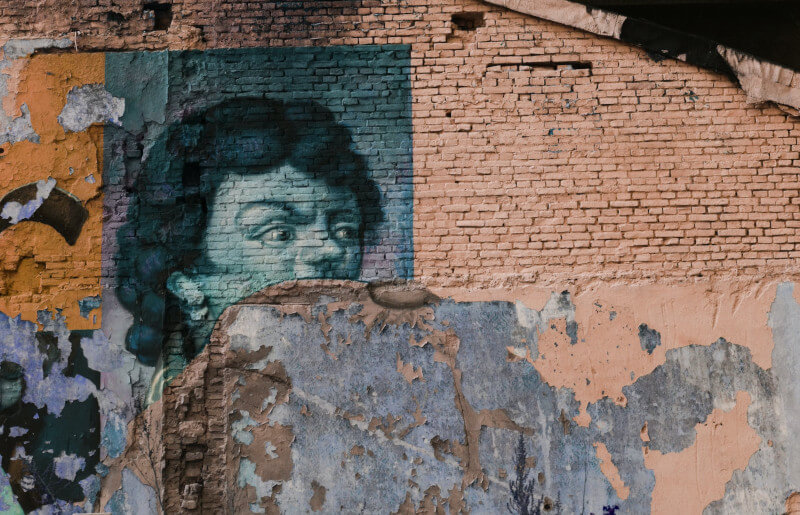South Africa’s prestigious FNB Art Prize in 2023 goes to Lindokuhle Sobekwa. He is the first artist to win the award whose major medium is documentary photography.
Sobekwa, who was born in Katlehong in 1995 but grew up in the nearby town of Thokoza, started taking photography classes through the Of Soul and Joy photography education initiative in 2012. As a child, he recognised that he pictured what he was thinking and feeling. When he came upon cameras, he discovered that there existed technology able to externalise his thoughts: a tiny machine, a roll of perforated translucent plastic, and a chemical reaction.
Thokoza, like many other villages on the fringes of South African towns and cities, was created as a result of spatial segregation instituted by the colonial government and the apartheid regime. Even though they were necessary, low-paid workers for the city, black South Africans were not allowed to dwell in “whites only” residential neighbourhoods. They made do with whatever resources they came across to provide for their housing needs.
The South African business hub of Johannesburg may be only 26 kilometres away from Thokoza, but it may as well be on another planet. Sobekwa’s work reflects the poverty of many township residents as well as the unwavering dedication to one another that is required to make life possible in such difficult circumstances.
In 2015, I met Sobekwa, a scholar of visual identities and the heritage of documentary photography, at Johannesburg’s Market Photo Workshop, where he had been awarded a scholarship. To evaluate his work, I relied on the results of multiple interviews I had with him regarding the evolution of his initiatives.
I was struck by Sobekwa’s well-stated intention to portray Thokoza differently than it was portrayed in the 1980s, during apartheid, when it was known as the scene of spectacular acts of violence orchestrated by shadow government forces against police and each other.
This year, I spoke with him for an article about his forthcoming book, I Carry Her Photo with Me. Again, I was blown away by his visual conceptualization of the wider threads of South African history, such as people migrating to cities for work, families being torn apart by violence, and people disappearing into the depths of gold mines.
Family histories were forever altered as a result of these disturbances. For Sobekwa, photography served as a means of making a halting but meaningful link to the past and, ultimately, of moving ahead. His works are full of dimension and depth, full of ghosts and ghostly presences because he explores both personal battles and the external situations that branded his own family.
Connected Narratives
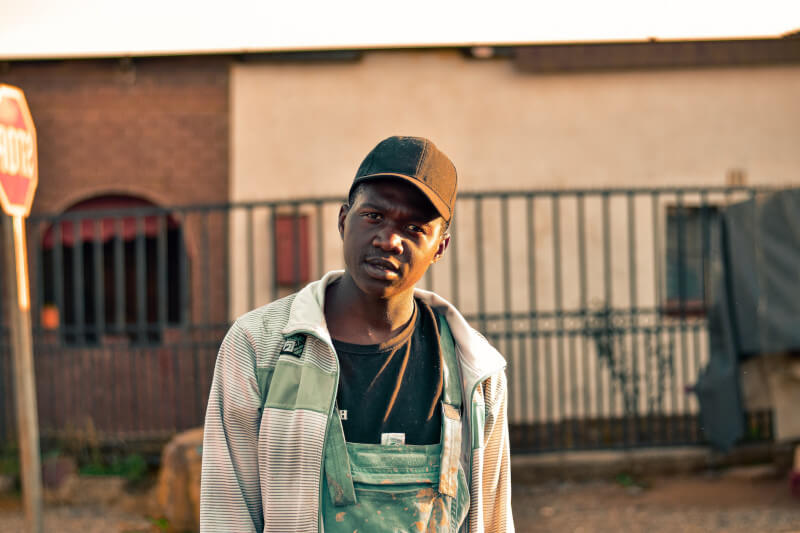
Lockdown and Ezilalini (The Country), the two series that won him the FNB Art Prize, appear to be completely unrelated. Ezilalini is a trip to Tsomo, in the Eastern Cape region, from which his grandfather and then his mother emigrated, while Lockdown chronicles daily life in Thokoza. As a result of apartheid, black South Africans were confined to restricted boundaries, and white farmers were given access to the fertile land on which their ancestors had lived for generations. Those who were unable to sustain themselves in their “homelands” often moved to urban centres in search of work as migratory labour.
There is a connection between the stories of Lockdown and Ezilalini. When Sobekwa visits the site where his ancestors’ umbilical cords and bones are buried, he is reconnected with the stunning vistas that drove them from their homes and communities when Thokoza was founded.
Lockdown
Sobekwa was idle in 2020 when the COVID-19 quarantine was in effect. Most residents in townships were left without a source of income once businesses collapsed. For people huddled together in makeshift huts, the worldwide safety directives likely sounded absurd. Yet this was certainly no joke.
The hyper-reality of Sobekwa’s day-to-day life included the intimacies, interdependences, economic desperation, and worries of others around him, while the surreal included officials pounding on about social separation.
Using his camera, he started to describe his hometown. The images by Sobekwa document the gradual escalation of violence brought on by the epidemic and the extreme disparity between rich and poor. Beautiful, loving, and communal moments do exist, though.
A throng of kids, bored with the same old routine, peer through the bars of a tuckshop at night in the hopes of scoring some cheap treats. A charcoal brazier is the focal point of a nighttime social gathering. A young shepherd relaxes in the thick underbrush at the base of power pylons on a foggy day, surrounded by a thousand pieces of trash. Little girls, immersed in conversation, stroll along a flower-lined corridor. A localized fairytale encapsulated within a global nightmare.
People’s patience with the country’s constant blackouts might wear thin. They band together in protest, sharing a shared fear of the state’s intimidating apparatus. One image shows a man with his body draped over the long metal shaft of a streetlamp that was tossed across the road. In this little moment of calm, he appears to have forgotten about the mayhem going on around him.
Sobekwa and his family were especially vulnerable to the virus since they lived in a makeshift shack without access to modern conveniences like running water or electricity. When he went to see his mother, he took pictures of her performing her nightly ritual. She’s reading the Bible on the bed, her shoulders slouched, like they usually had been when she needed comfort. The assurance and strength of God temporarily calm her fears. She is too engrossed in her meditation to realise that Sobekwa is watching. But we, as observers of the images captured by his camera, can make out his face in an oval mirror, where he is hiding behind a mask to keep his mother safe from whatever he may have encountered.

The power outage at his partner’s family house in Thokoza is captured in one of Sobekwa’s most striking images from Lockdown. Here, the phone’s screen and internet connection serve as the means of egress. Their faces are illuminated as they stare intently at their screens. Right around now, the world saw the horrific footage of Minneapolis police officer Derek Chauvin killing George Floyd by strangulation. The Sobekwas were as trapped in the white supremacist tragedy as anyone in the United States.
Sobekwa’s visits to the burial site of his sister Ziyanda in Tsomo inspired him to launch the continuing project Ezilaleni in 2018. His grandpa had departed for Johannesburg, the city of gold, and never returned, and he began to reflect on how disappearances featured in his family’s history. When he was very little, his sister vanished.
His grandmother left an impression on him when she described Johannesburg as a monster that “swallowed” her kids. Also, he noticed that few locals used the word “home” when referring to Thokoza. Sobekwa understood the question to refer to the homeland of his family group. This is how residents fought back against being ingested whole by a city that represented misery, labour, and little joy.
Sobekwa’s return to Tsomo represents his quest for an understanding of what it means to fit in. The fragmentations caused by colonial taxation and land confiscation, by extractive processes of mining for which apartheid spatial planning was built, are traced as he follows the lineage of his tribe, uMthimkhulu (Big Tree clan), and where they may have travelled. It’s a chance to reunite a broken family by bringing back loved ones who went missing.
Sobekwa’s photographs of the landscape capture the same sense of mystery and allure that has inspired artists throughout photography’s history. What strikes me as unique about his landscapes is that the persons populating them are actual people, rather than mere props in a colourful romance.
Putting a New Spin on the Old
Despite its lengthy history, South Africa’s documentary tradition is often linked to the idea that photography may observe and expose injustices, thereby inspiring audiences to demand action. Its potential as an artistic medium is rarely acknowledged.
Sobekwa explains that this kind of acknowledgment gives the young photographers at Of Soul and Joy hope that they, too, may discover methods to tell all that is unsaid and unwordable to bring themselves back home.

